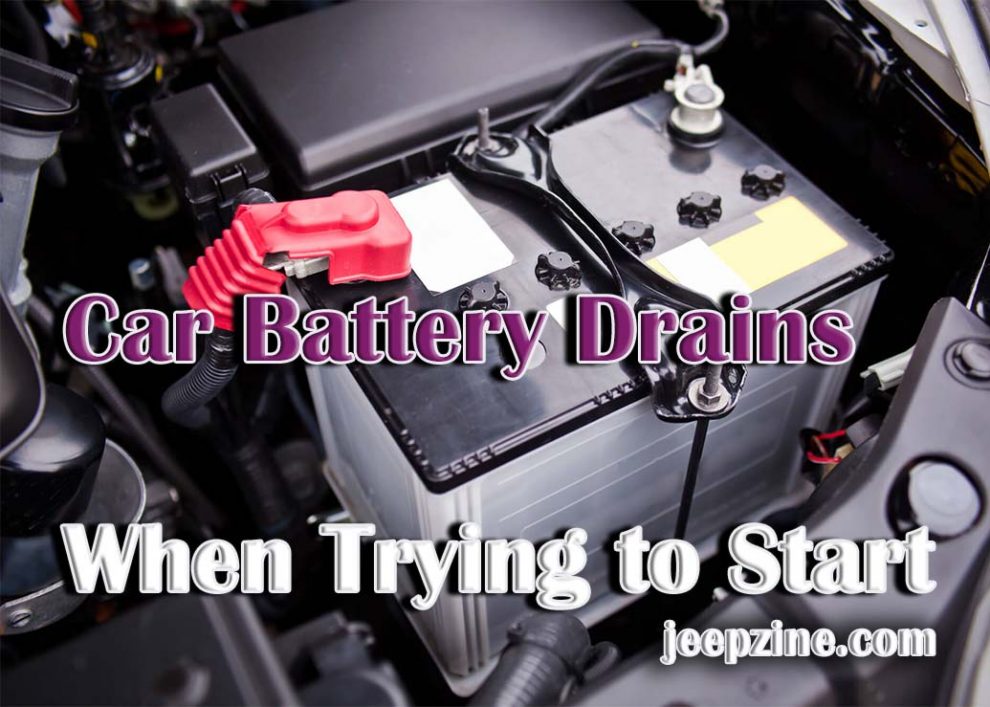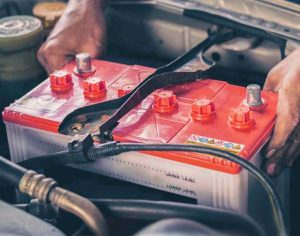It’s a common problem – you turn the key to start your car and hear nothing but an eerie silence. You pop the hood to check if it’s your car battery, only to find that it has drained completely. But, why? And what can you do about it? In this article, we’ll tackle these questions and more as we discuss how to troubleshoot a dead car battery and what steps you should take if your car won’t start.
Why Does My Car Battery Die?
In order for your vehicle to start properly, sufficient electricity must be sent from the battery to the starter in order to turn over the engine. However, there are several common causes that could cause your car battery to fail when starting:
-
Alternator Issues: Your alternator is responsible for recharging your vehicle’s battery while you’re driving and if it fails or malfunctions then it can lead to a dead battery when trying to start. If this occurs then you may notice dim headlights or flickering dash lights while driving as these are symptoms of an alternator issue.
-
Old Batteries: Over time batteries will naturally drain due their limited lifespan so replacing them with newer ones is the best solution.
-
Electrical Components: If your vehicle has any faulty electrical components then these can draw too much power away from the battery, overworking it and causing it to drain faster than normal.
-
Parasitic Draws: Sometimes portions of the car’s electrical system will remain on even when the engine is off, such as a radio or dashboard lights etc. This is referred to as a “parasitic draw” and can gradually drain your battery if left unchecked. Also read about the importance of understanding ‘will a car run without a battery‘ to address these issues before they lead to a non-starting vehicle.
How Can I Fix a Dead Car Battery?
Since there are several potential causes for a drained car battery, there are also several potential fixes for it as well:
-
Recharge the Battery: If you believe that you simply need more juice in order to start then you may be able to plug in your car with a regular charger in order to recharge the battery and get going again; however, make sure that you read all instructions before doing so carefully as improper use of such devices can lead to further issues down the line.
-
Jump Start the Vehicle: If recharging yield no results then one of your best options would be to jumpstart your vehicle with another car – this will require a set of jumper cables and another vehicle that is already running to be able to provide enough power to start your car.
-
Test the Alternator and Charging System: If the issue persists then it’s time to inspect the alternator and charging system of your vehicle in order to determine if they are functioning properly and if not, then you may need to have them replaced or repaired by a professional mechanic.
-
Replace the Old Batteries: If all else fails then it’s likely time for new batteries as old ones can simply no longer conduct electricity efficiently due to age and wear-and-tear. Here you can choose the new Group 65 Battery.
Conclusion
Troubleshooting a dead car battery is no easy task so if you find yourself unable to fix it on your own then seeking out a professional mechanic may be your best bet in order for them diagnose any underlying issues that may be causing it and advise you on which steps you should take next in order to get back on the road again as soon as possible.


 Alternator Issues: Your alternator is responsible for recharging your vehicle’s battery while you’re driving and if it fails or malfunctions then it can lead to a dead battery when trying to start. If this occurs then you may notice dim headlights or flickering dash lights while driving as these are symptoms of an alternator issue.
Alternator Issues: Your alternator is responsible for recharging your vehicle’s battery while you’re driving and if it fails or malfunctions then it can lead to a dead battery when trying to start. If this occurs then you may notice dim headlights or flickering dash lights while driving as these are symptoms of an alternator issue.
Add Comment